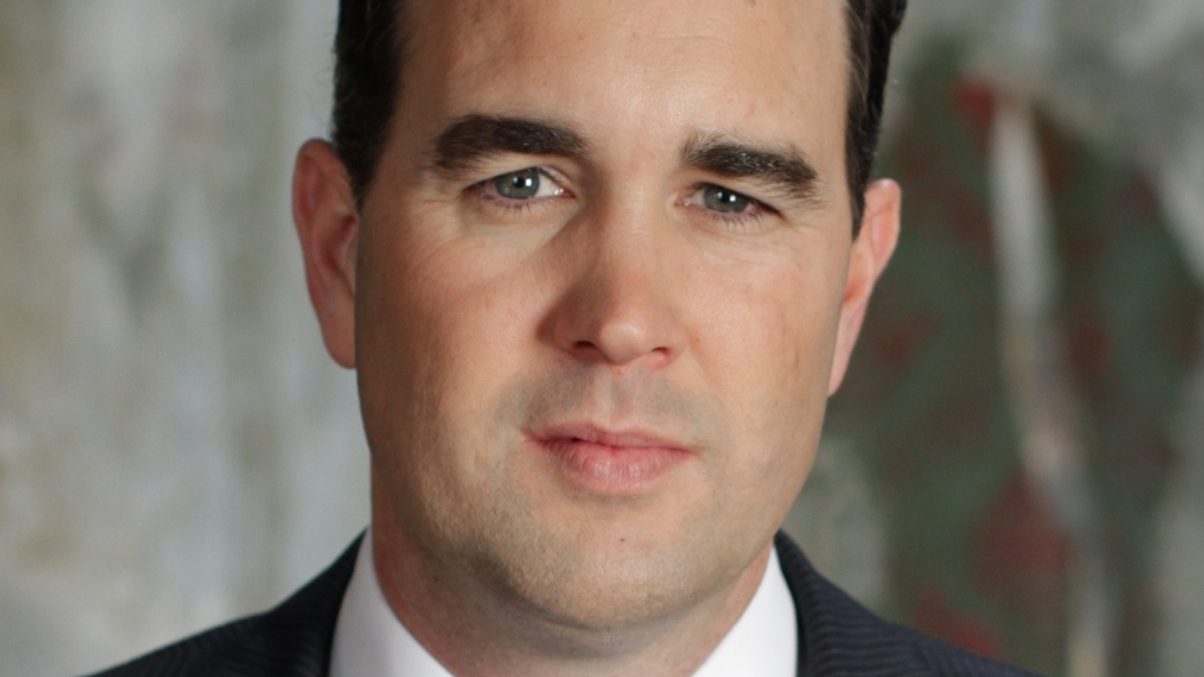Concerns raised over Aussie SMSF rules
Over-regulation of Australia’s self-managed superannuation funds could restrict trustees from investing in riskier assets to meet return targets, says Aaron Dunn of The SMSF Academy.

As Australia’s pool of self-managed superannuation funds (SMSFs) swells beyond A$500 billion ($474 billion), some feel the sector is at risk of becoming over-regulated.
Sign In to Your Account
Access Exclusive AsianInvestor Content!
Please sign in to your subscription to unlock full access to our premium AI resources.
Free Registration & 7-Day Trial
Register now to enjoy a 7-day free trial—no registration fees required. Click the link to get started.
Note: This free trial is a one-time offer.
¬ Haymarket Media Limited. All rights reserved.


